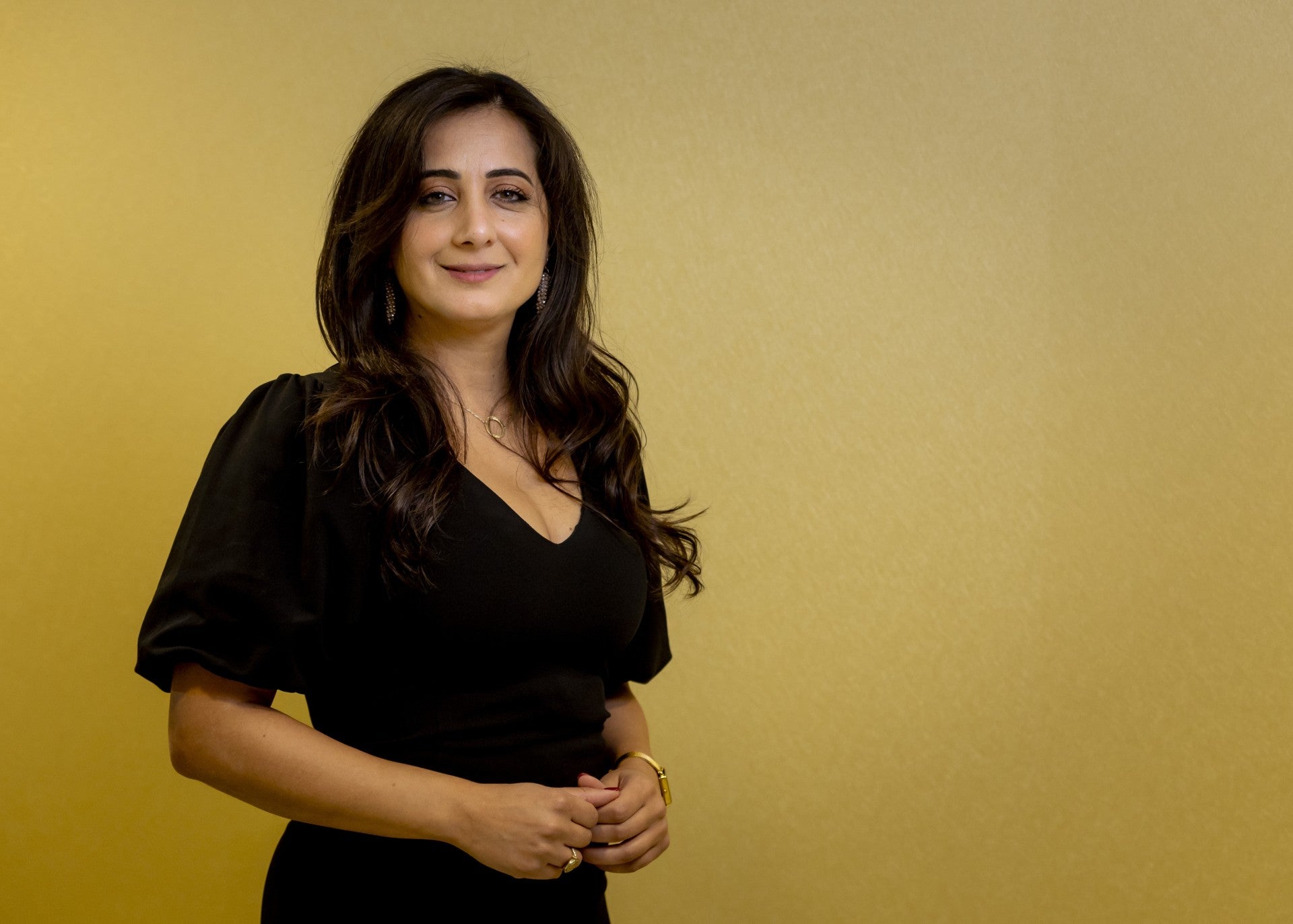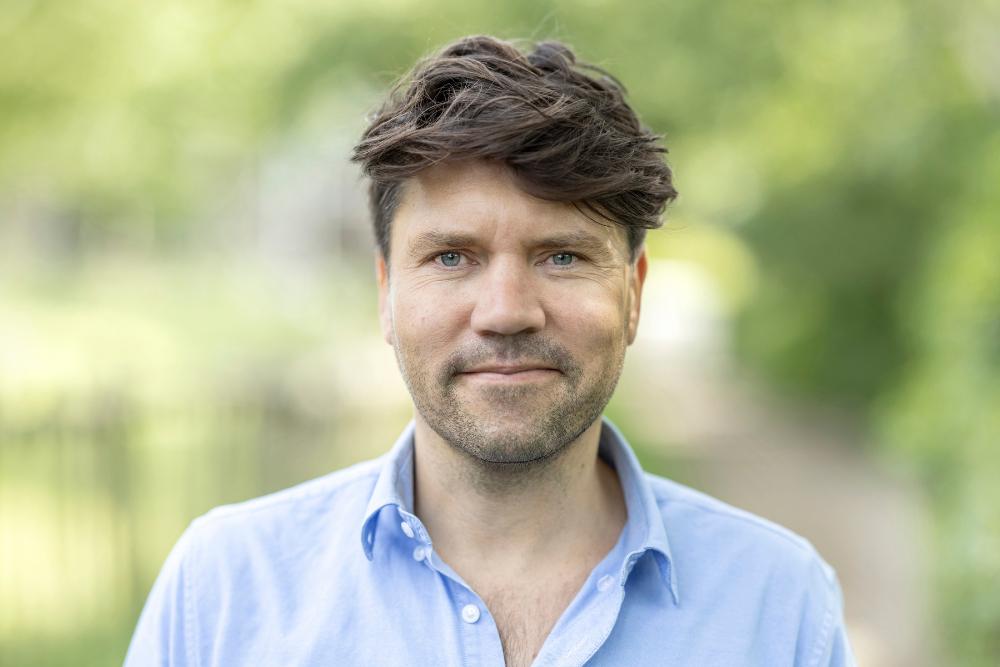When a baby elephant is born in the zoo, what happens behind the scenes? Three VU alumni – one historian and two biologists – tell what it is like to work at Artis Zoo.
A few years ago, I found myself walking briskly and nervously through Artis Zoo. I sped past the monkeys, completely ignored the lions and vultures, and rang the doorbell at the monumental door topped with the words ‘De Volharding’. I was just in time for my interview around a large wooden table. It was a pleasant chat, but when I said something about the animals’ cages, I was immediately corrected: ‘Cages? No, here we call them accommodations!’ I didn’t get the job, but that probably wasn’t because of my slip of the tongue. So what is it like to be able to work at Artis Zoo? I found myself sitting once again at the same large, wooden table, talking to three VU alumni: Christiane Willard, who studied Economic and Cultural History, and biologists Charlotte Vermeulen and Sandra Smit.
Transport coordinator

Christiane Willard coordinates the transport of animals between zoos. When an animal moves house, she informs everyone, fills in the paperwork, arranges specialised transport and ensures that the animals’ caretakers give their charges special ‘crate training’ to prepare them for the journey. She is also responsible for the breeding programme for mouse deer, in order to keep the species at a genetically healthy level in Europe. “There are more than 60 mouse deer in Europe”, she explains. “Last summer, I drove all the way to Frankfurt with a mouse deer in the car with me. A few of my colleagues and I always take the opportunity to visit a zoo for a few days and learn a lot about, for instance, specific nutrition and accommodation setups.
Education biologist

Charlotte Vermeulen develops the content of educational programmes, trains volunteers and tour guides, writes articles, organises treasure hunts and tours, and gives company presentations. She also works extensively with interns: “They constantly help me see nature from a new perspective; it’s like seeing an animal for the first time, again and again. For example, when a baby giraffe is born, it falls two meters to the ground. I’ve known that fact for a long time, but every time the interns are amazed when they see it for themselves!”
Intern-turned-park management assistant

Just a few years ago, Sandra Smit was one of those interns working closely with Charlotte Vermeulen. But now she has a Biology degree, and she works in the park management department at Artis Zoo. “I’m responsible for the locations of the wastebins and parasols, for example, but also for drawing up the maps and writing the information signs for animals, plants and heritage.
Elephant dung
“I can’t think of just one single type of person,” Smit answers when asked what kind of person you have to be to work at Artis Zoo. “There are so many different positions, although most of them do have some affinity with nature.” In their work, all three of the alumni have a lot of contact with employees in other departments. “For example, I recently asked a caretaker if he had noticed something special about our pregnant elephant Thong Tai, and he said that her dung had been different recently,” Vermeulen explained. “Not balls, like normal, but longer turds. Apparently the baby elephant had grown so big that it had begun to press on the mother elephant’s intestines.” Smit adds: “Yes, those are the fun anecdotes for children! You won’t find information like that online; you have to hear it from someone who really works with elephants.”
Wailing

Elephant Thong Tai has since delivered a baby female, named Sanuk, after a gestation period of more than 21 months. “In late 2014, the European elephant breeding programme pedigree coordinator called to inform Artis Zoo that the bull Mekong was on his way to mate with Thong Tai,” said transport coordinator Willard. Mekong mated with Thong Tai several times in January 2015. “A delivery is always exciting!”, Smit exclaimed. At the moment, she is working on the theme tour ‘Mating and Birth’. Suddenly, a loud wail from outside interrupts the conversation. Was that wolves? Smit laughs and says: “I don’t even hear it anymore.” Immediately after her reply, an elephant answered the wails with a trumpet from its trunk.
Looking through the eyes of the visitors
Smit sometimes finds it difficult to keep seeing Artis Zoo through the eyes of the visitors, but she still strives to do so. “I have to let go of everything I know about the zoo. So I walk into the park and pretend that I don’t know where the lions are. Can I get to the lions by just following the signs? Or I pretend to buy some ice cream, and then I look for a wastebin nearby to throw away the wrapper.” Vermeulen explains that she often joins groups of visitors when the zoo presents a new story or route through the zoo. “I listen to what people say, and what they notice, because people don’t always see what we want them to see. At the Malaysian tapir, you often hear people say that it is an anteater, and everyone thinks that the African wild dogs are hyenas.”
Insect hotel and light pollution
Has working at Artis Zoo changed them in any way? “I feel at home here,” says Willard. “I want to belong to an organisation that tells people about the responsibility they have in relation to nature.” Artis Zoo has recently begun shifting the focus from the individual animal to communicating more about biodiversity. “This year, we revised our educational activities,” Vemeulen continues. “We try to offer students suggestions for what they can do themselves. Things like telling pre-schoolers how to make an insect hotel, or having children walk around their house in the dark to see where light comes out. That way, they can limit light pollution for plants and animals. It’s not always easy to come up with actions for every age group, but I’m always proud when we do.”






